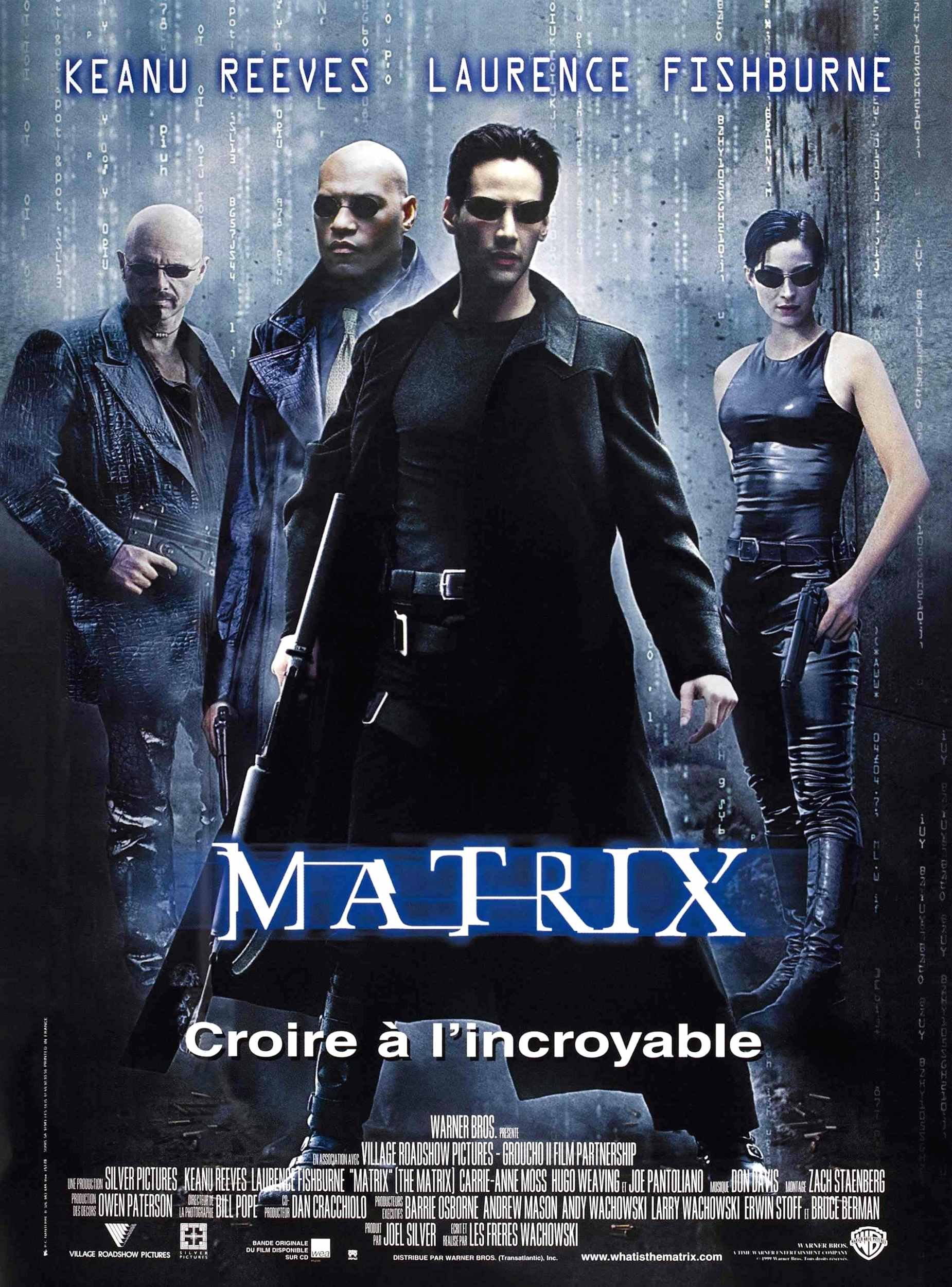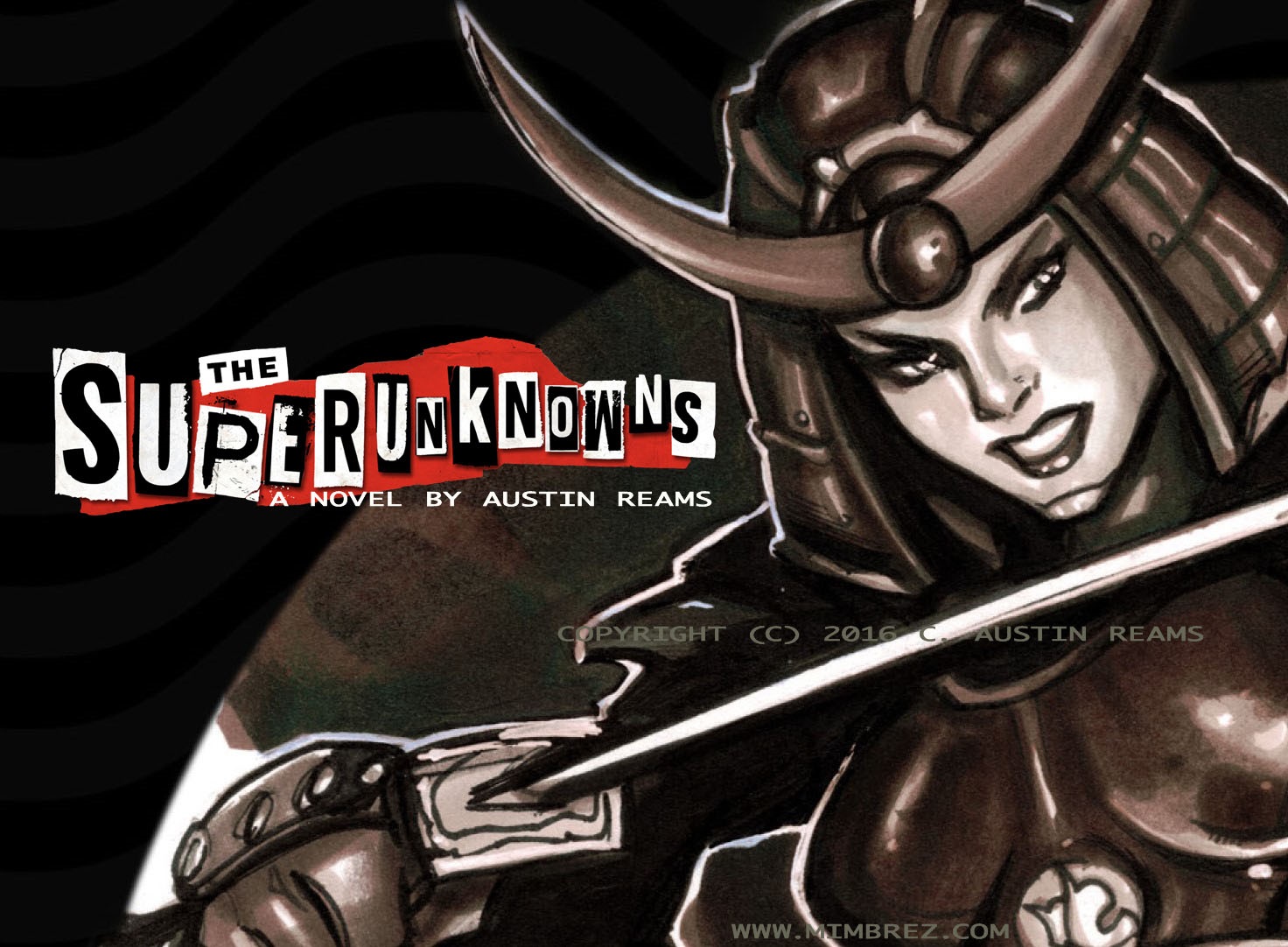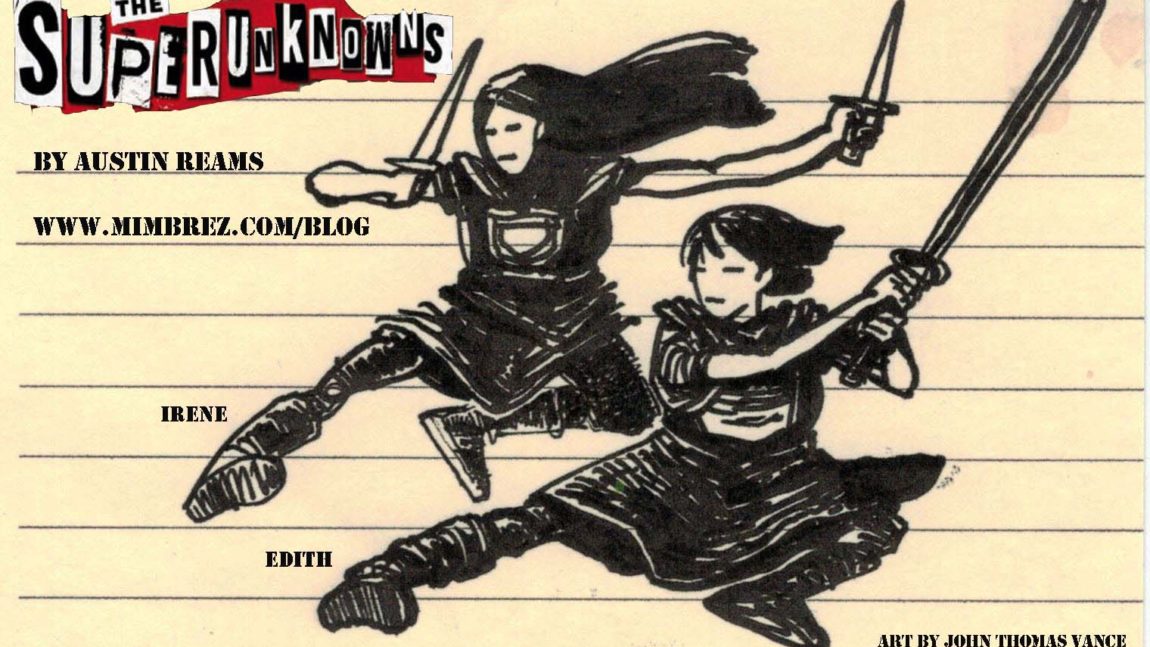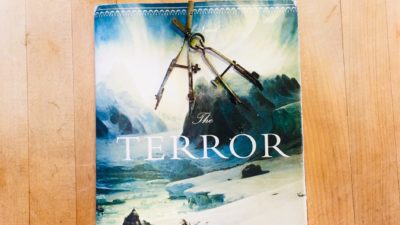This is the meat and potatoes of writing a novel. Ask yourself, What is my novel about? Get ready to start sketching the basic thumbnail of your story. Making a plot outline of your novel is not the end, it is just the beginning of crafting a master work of fiction.
FIRST: You need to write the nugget of the novel, the short paragraph that summarizes your novel that will go on the back cover of the novel. I cannot tell you how critical this is. You will use your nugget for just about all marketing material. It’s going to be found on your website, Instagram, Twitter and Facebook account, and on just about every single shred of marketing material you’ll send out to sell your book. Most importantly, your book nugget is going to be used by you at book shows, agent interviews, and elevators. It needs to be short, to the point,a and command attention. Make it good.
A good place to start writing a nugget is to think of some of your favorite movies and books, try to summarize them in a nugget, and then go search for their summaries on-line and see how you fared in comparison. For example, my stab at Jaws would go something like this: After a monster shark terrorizes a small coastal town, the local police chief teams up with shark killers to track down the monster and get some sweet revenge with a well-placed cussword at the end. When you think about it, though, the movie poster of Jaws says it all.

My summary of the Matrix would be: Cool cyber-hacker, Neo, is awoken from the world he thought he was real to find that everything around him is false. Teaming up with other rebels, fighting to destroy powerful system behind the lies and free the minds of millions, he learns that he’s the only “one” who can end the war.

One of the real nuggets goes like this:
“In the near future, a computer hacker named Neo discovers that all life on Earth may be nothing more than an elaborate facade created by a malevolent cyber-intelligence, for the purpose of placating us while our life essence is “farmed” to fuel the Matrix’s campaign of domination in the “real” world. He joins like-minded Rebel warriors Morpheus and Trinity in their struggle to overthrow the Matrix.”
Keep working on your nugget, and don’t worry if you don’t get it perfect on the first try, especially when you haven’t even finished your book yet. You’ll make many changes on the way, and it will come into focus when you finally have something to send to your agent, publisher, or printer.
SECOND: Sketch out the basic overview of the plot. This will change as you develop the story more clearly, but as in Jaws, the sketch would go something like this: (1) Shark attacks a lone swimmer, (2) Chief and deputies find mangled body, (3) the townies grow fearful, (4) politicians try to play down the danger, (5) more people die and fear explodes, (6) shark hunters go bizzerk, (7) Chief teams up with some of the hunters … and so on. As you can see, the rough plot help keep you on the path to building tension of the story. It is critical that you have some idea as to then ending, even if you decide to change it later.
THIRD: Makes some cards that outline the most important scenes of the story, including the characters who play the biggest role and the minor characters in each scene, when and where the scene takes place, the primary action happening, the specific conflict between the characters, what is causing the tension, the primary effect or outcome of the scene (i.e. where is the scene driving the novel, how is it driving the novel to the end?), and identification of the next scene. Whew! This last part is the most important: each scene should naturally build up and transition into the next scene.
Remember that every scene is meant to move your story forward. If a scene does nothing but describe details and characters, then strike it, because excessive description has no purpose, unless you’re writing a trip report for a penny pinching State government agency. But, hey, you’re not writing TPS reports for your Office Space boss here! You’re crafting a best-selling novel! Your scenes can have other purposes, such developing future scenes, introducing new characters, resolving problems and conflicts in the story and between characters, making matters and problems worse, developing characters, and many others. Just remember, if you don’t know the purpose of a scene or chapter, then it has no place in your book.
FOURTH: Make scene cards for the opening, middle and climax (end) scenes. These are the most critical scenes of all. In Jaws, these would include the notorious theme music with the naked girls swimming alone in the ocean before being attacked, the middle scene being another attack at the beach or possibly the shark attack on the Chief’s boat, and the final scene of the Chief killing the shark. In Harry Potter, these scenes may include Harry being dropped off at the Dursleys as a baby, Harry and his friends learning about fluffy guarding a trap door and possibly him being attacked seemingly by professor Snape during a quidich match, and his final confrontation of Voldemort.

*** SPOILER ALERT ***
In writing The Superunknowns, I started working with three main scenes: (1) Irene’s teacher punches her in the face and we learn that she is being followed by UFOs, that she thinks her father is dead, and that the government is taking her and her sister to a deep underground military base to be interrogated, (2) the middle scene she has escaped, learning that she has super powers, and she has gone to a debtors labor camp to rescue the father she thought was dead, and (3) in the end, after fighting other evil supers, Irene, Edith and the other good supers defeat the dark force that had used the virtual world to hijack the minds of billions.
FIFTH: Layout all of your scene cards and sketch out each scene our story (1, 2, 3…) chronologically, and for each scene, write out a sentence that describes what happens in that scene, and a sentence explaining how that scene leads into the next scene (or a subsequent scene). This exercise will help you confirm that your scenes are actually driving your story forward. As you can guess, in general, each of your scenes will be a chapter, so by the time you’ve completed this exercise, you should have an idea of how the overview of your entire novel looks like.
As your layout all of your scene cards, it may become more obvious that some of the scenes that you though were basic scenes are actually master scenes. If so, make master scene cards for these scenes. Add as much detail to your master scene cards as you can.
FINALLY: Some authors are so experienced that they can just start writing with a general idea and plot in their mind and just write a whole novel without ever sketching out the plot. Supposedly, Stephen King stared with Salem’s Lot by asking, What if vampires invaded a small New England town? You’re not Stephen King, and besides, if you tried to read Under the Dome, then you know that he’d be well served by outlining plot! Cassandra Claire’s Shadowhunter series are powerful and compelling, and yes, she outlines plots, though she reportedly starts with character development first. So, get it together folks – do your future readership a favor and outline your plot!
THERE IS ALOT MORE TO DEVELOPING A STRONG PLOT THAN JUST THIS OUTLINING PROCESS. In the coming installments we’re going to be talking about Essential Elements of A Plot and Scene, Plot Mistakes to Avoid, and then we’ll talk more about creating, developing, and using minor and central characters. I know, this may seem backwards. Why not start with a basic story idea, then develop the characters, and then work out the plot? Sure, you can do it that way. Everyone is different, and if that works for you, go ahead. For me, having a general idea of the plot and story necessarily calls out to what type of characters I’ll want to create and play God with.
Austin Reams
Copyright (c) 2017 Austin Reams, all rights reserved, everywhere and all the time.
Keywords:
HOW TO WRITE A NOVEL – PART 5 – OUTLINE YOUR NOVEL’S PLOT
Plot outlining, outline plot, novel writing, how to write a novel, stephen king, on writing, cassandra clare, about writing, austin reams, the superunknowns, the matrix, jaws, plot, how to write fiction, fiction writing, how to write best selling fiction, the shinning, how stephen king writes books, does stephen king plot or pan, who is the best novelist of all time, top 10 novels of 2015, top 10 novels of 2010, top 10 novels of 2014, top 10 novels of 2016, best science fiction books of all time




Add Comment